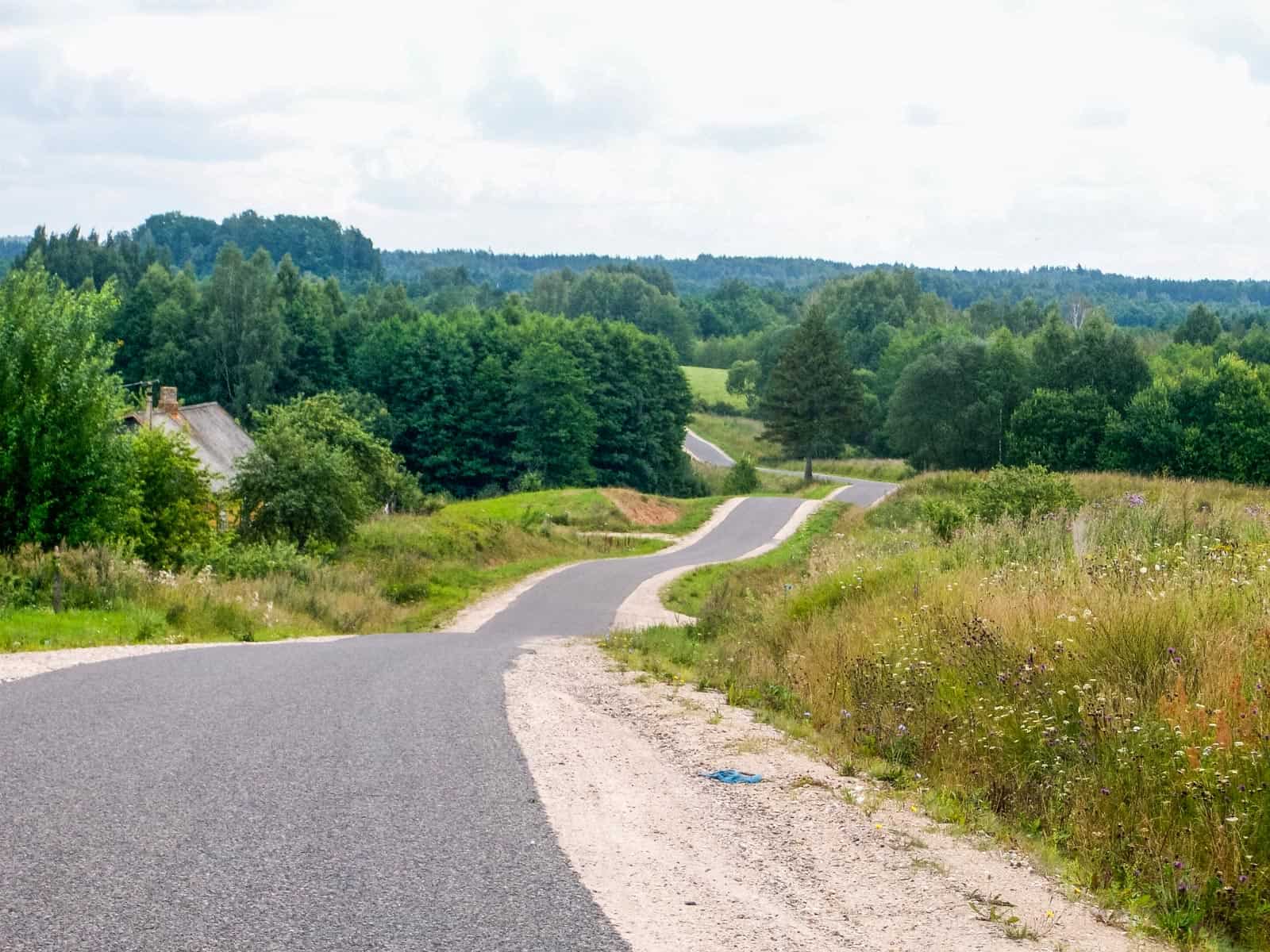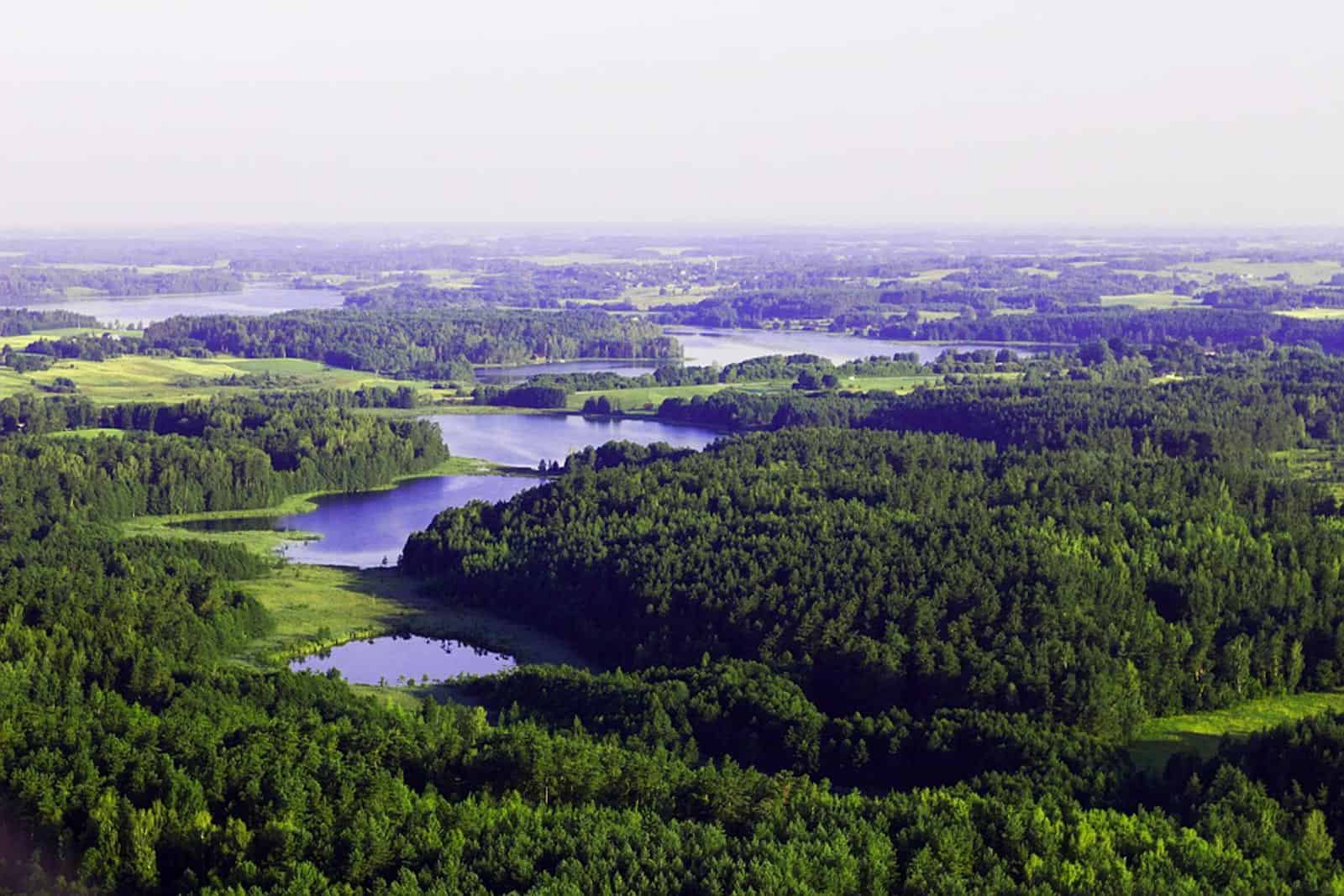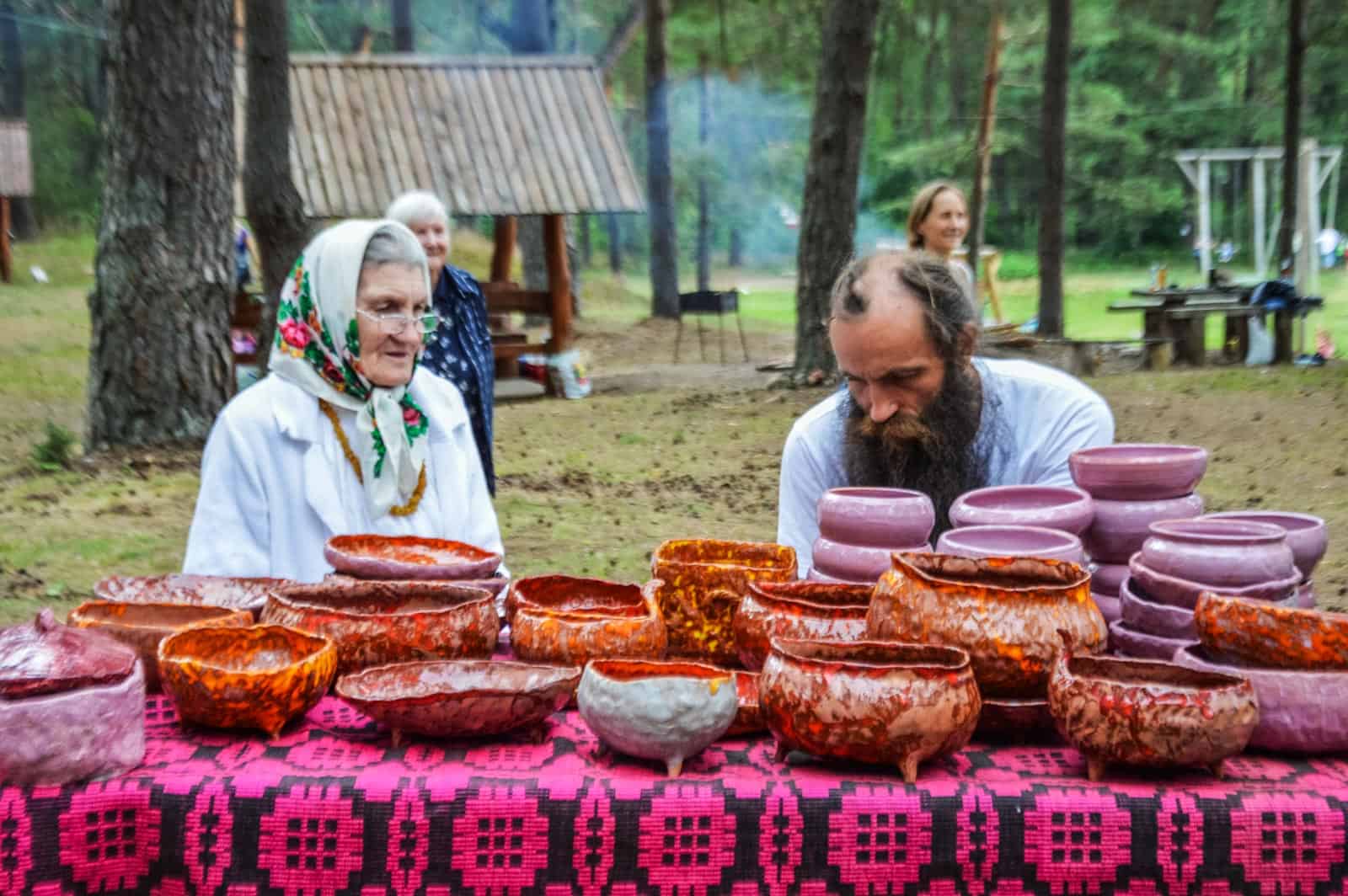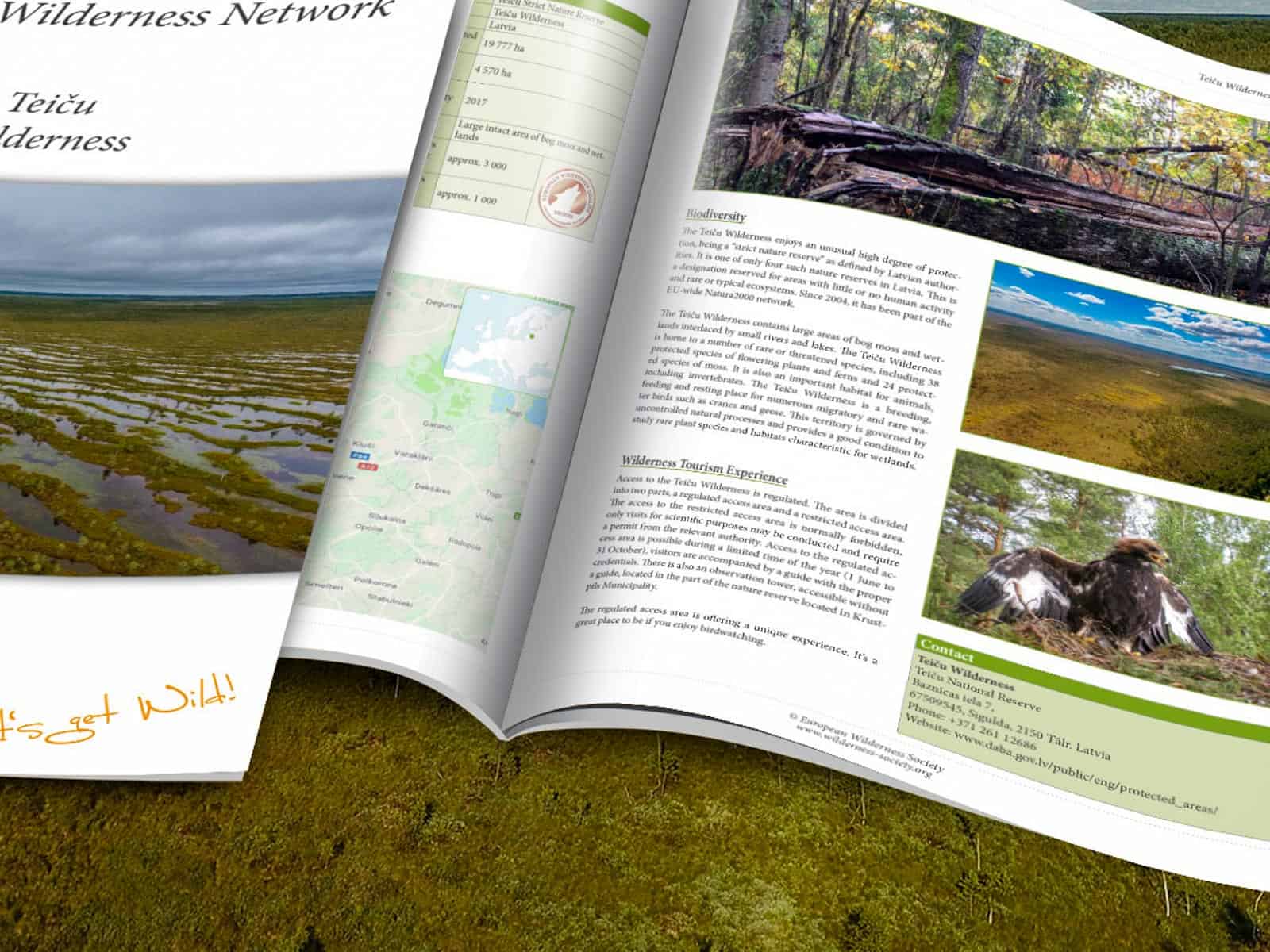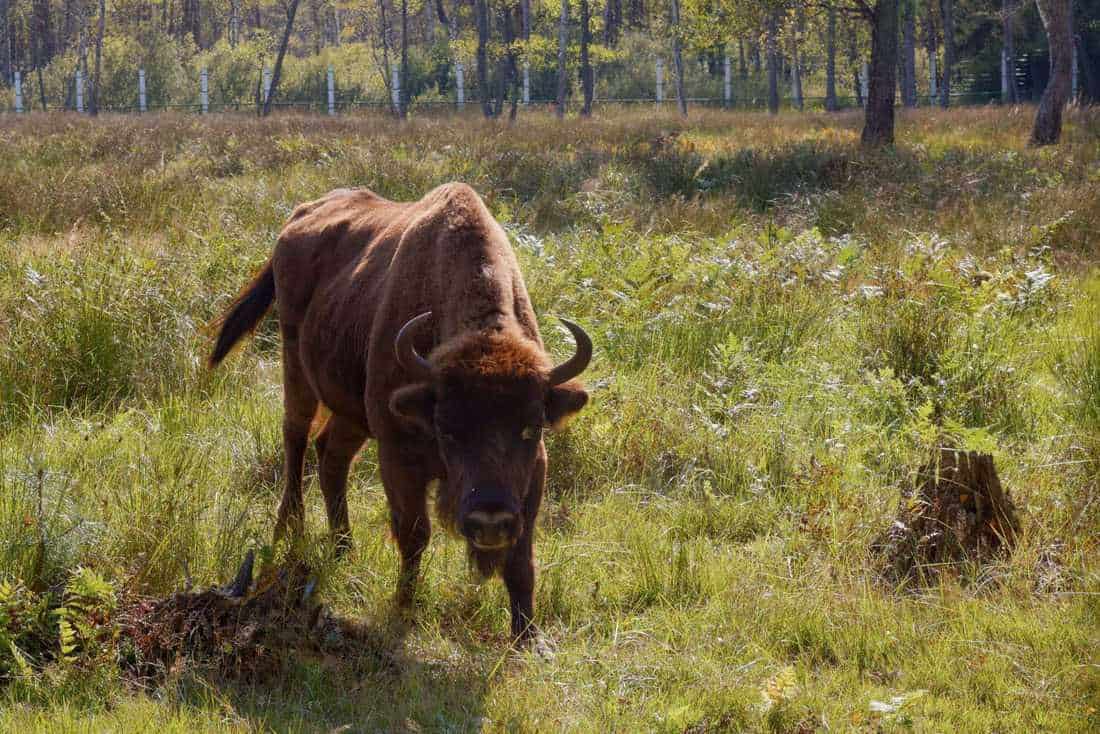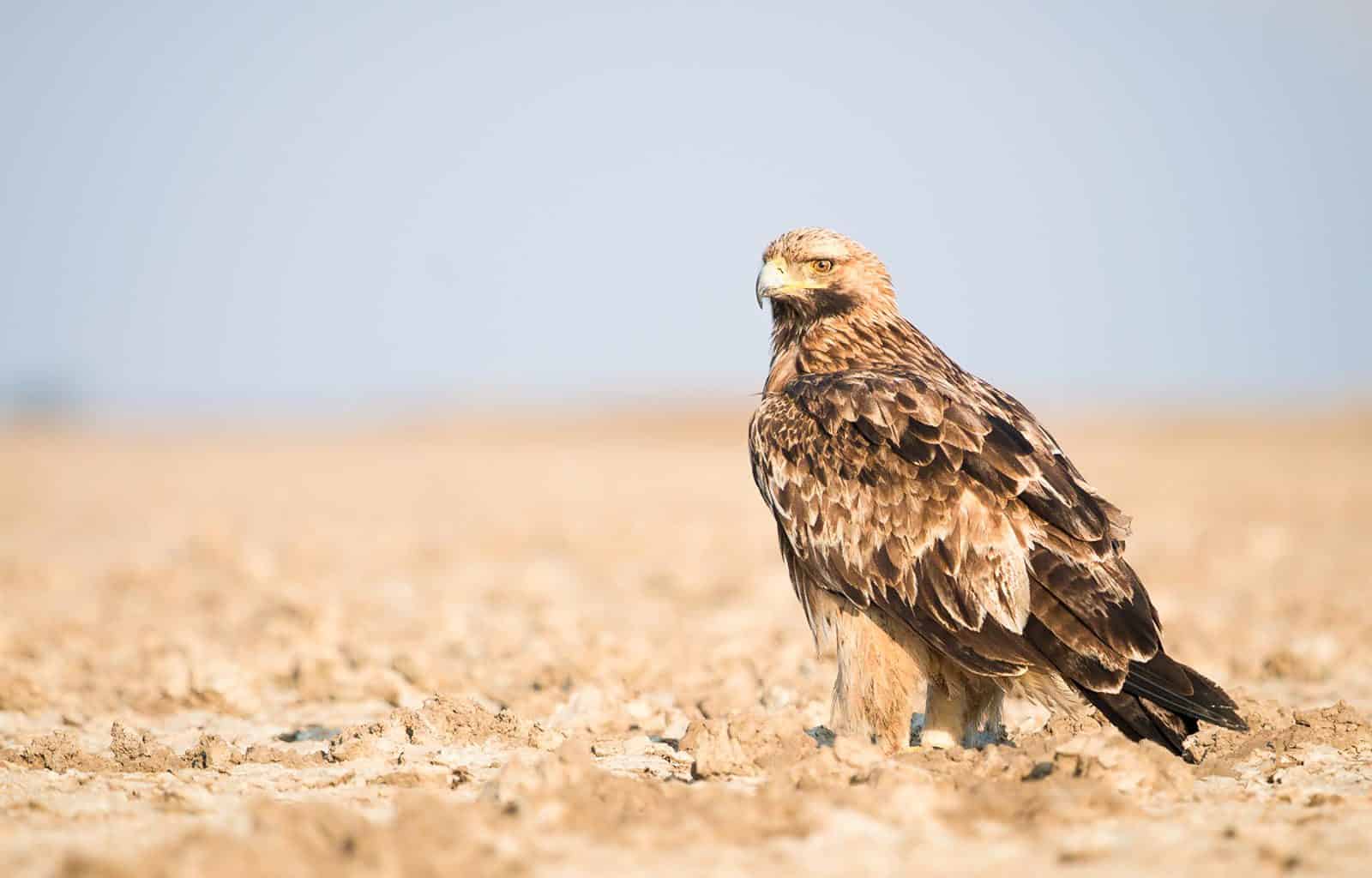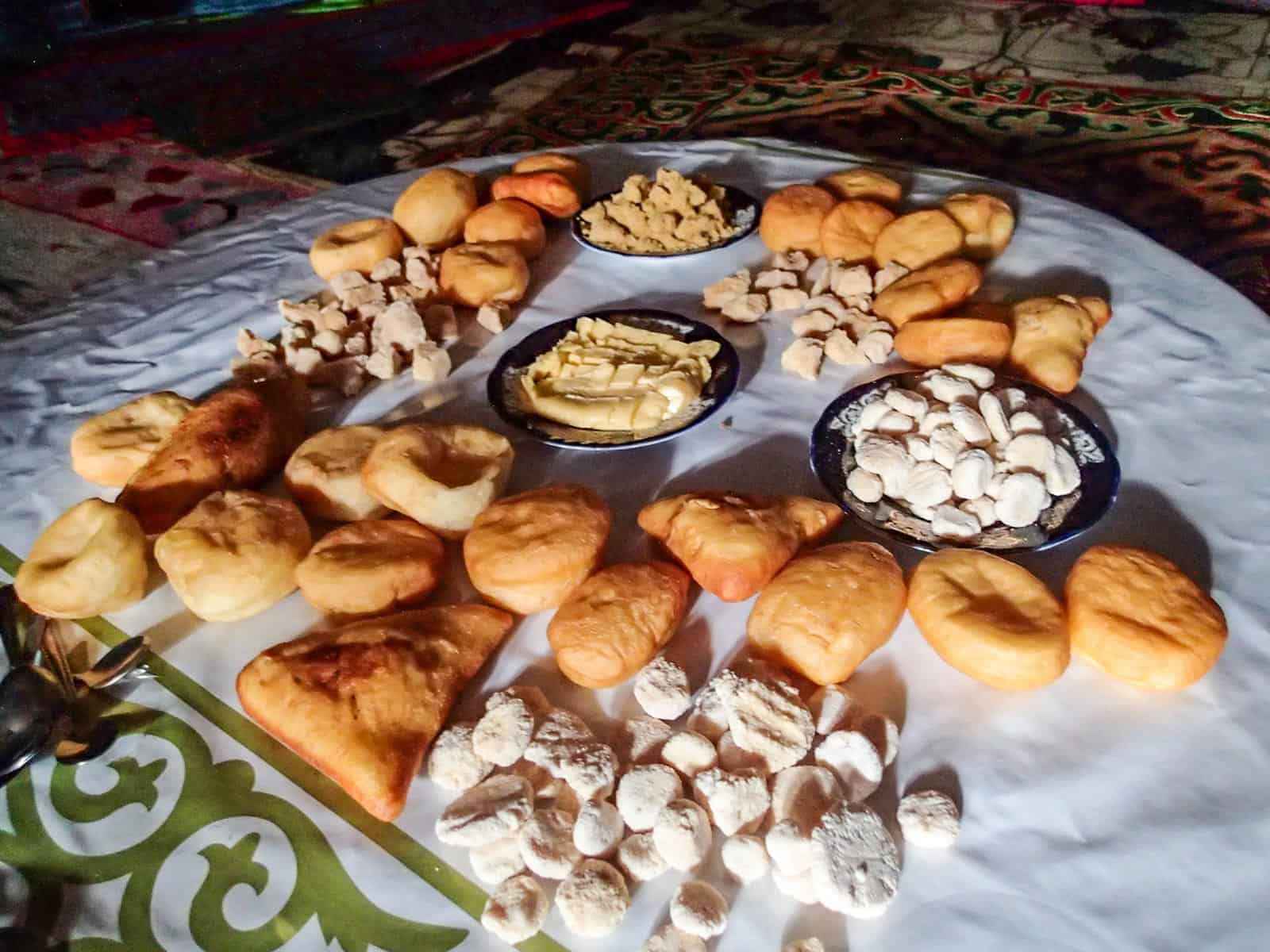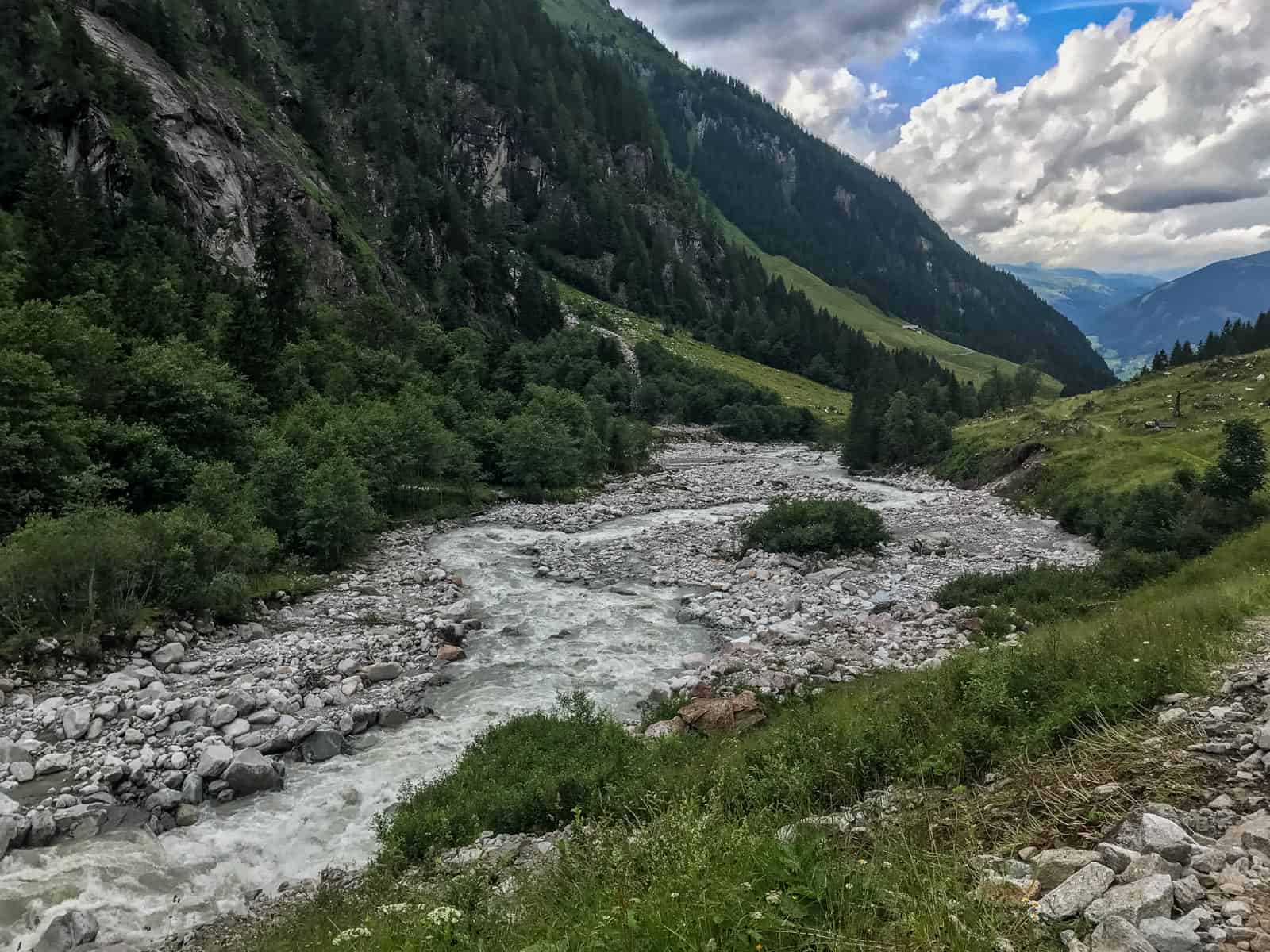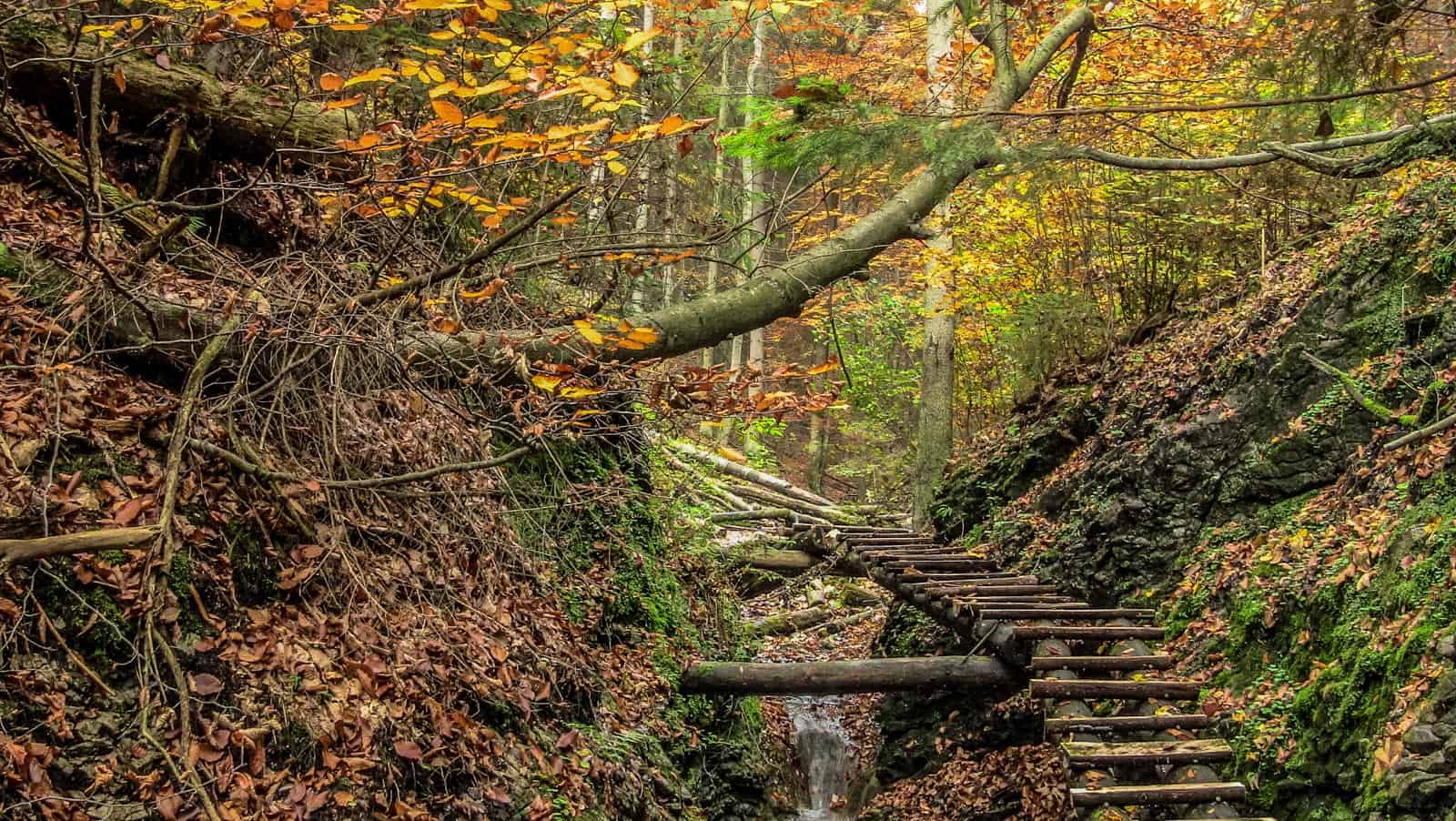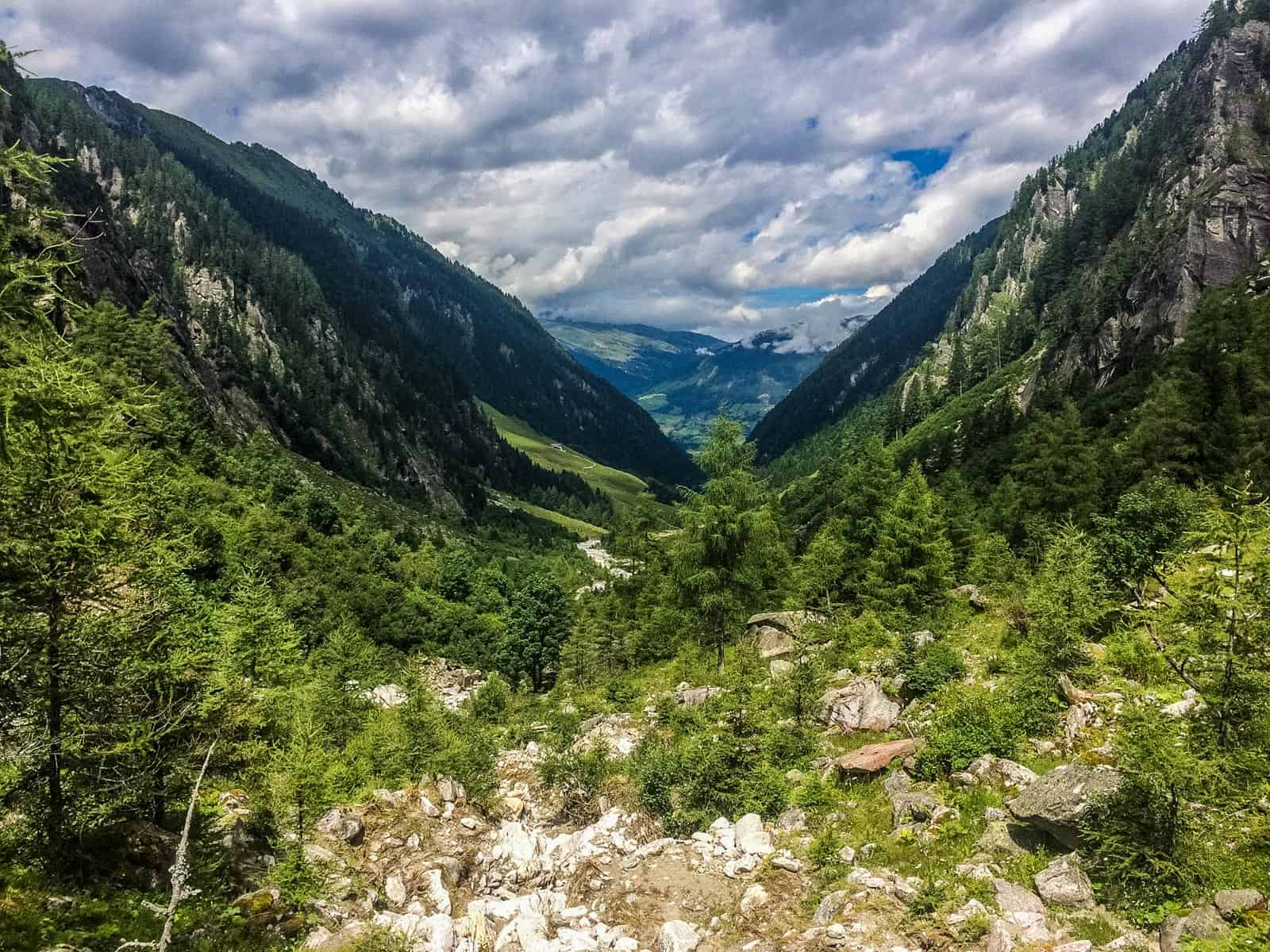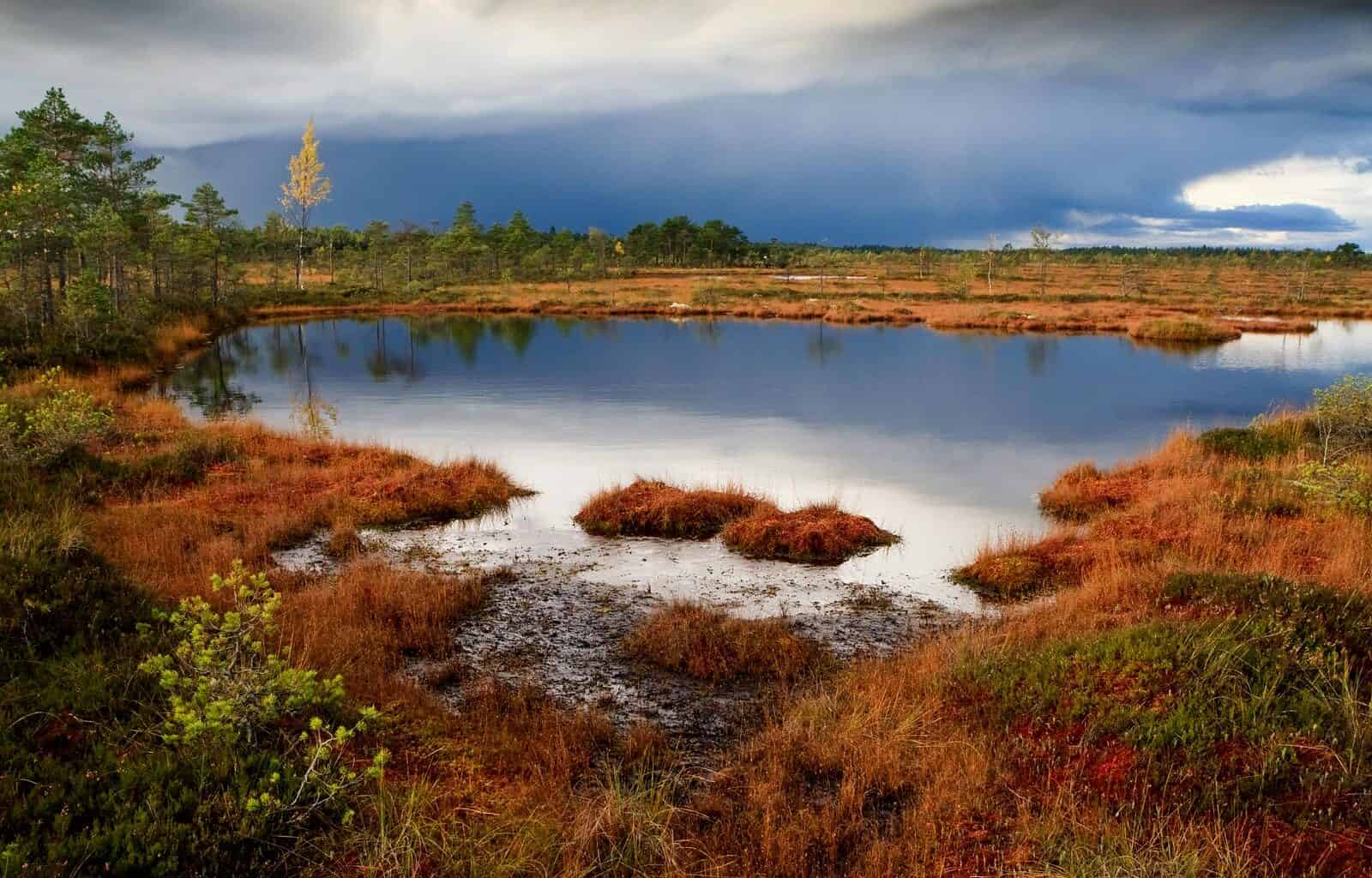Protected Areas In Lithuania: Part 2 – National Parks
In this series of postings, we apresent the colourful system of protected areas in Lithuania. This week’s topic are the National Parks.
Protected area system
Differently to other countries, the Lithuanian protected area network was created to protect not only nature, but the complexity of nature and cultural heritage as a whole. It also aims to preserve ecological balance and biodiversity, sustainable use and restoration of natural resources, propagate sustainability ideas and traditional way of living and ethnocultural traditions. At the same time, it allows scientific research, nature tourism, environmental and ethnocultural education.
Please also read: Protected Areas in Lithuania: Part 1 – Nature Reserves
Currently, protected areas of all protection levels cover 17,64% of Lithuania. All of the protected areas in Lithuania are managed by government institutions. Nevertheless, private people can purchase land within some protected areas and even carry out construction work, logging, tourism or business. But strict regulations for all of these activities are in place.
National Parks
National parks in Lithuania were established in areas that are significant biologically, culturally and recreationally. Main purposes of National Parks are:
- Preserve areas that are unique in natural and cultural ways
- Preserve typical or unique ecosystems; to encourage scientific research in natural and ethnocultural fields
- Promote and support ethnocultural traditions of Lithuanian regions
- Allow recreational tourism
- Support ecological education and sustainable farming.
National park laws prohibit activities that can damage protected values or recreational resources and propagate activities that comply with values of the protected area. For example, people building houses in any national park have to adhere to historic architecture of the area. Logging of the forest is possible, but it has to be done in a way that does not disrupt the continuity of the forest. Camping is allowed only in designated areas. They are free to use and usually have access to water, wooden tables and benches, children playground, outdoors toilet and rubbish bins.
Places for natural holiday
National Parks are very popular holiday destinations because of their natural and cultural complexity. You can enjoy beautiful forests, clean lakes and fresh air. Or explore traditional architecture, cuisine and, if you’re lucky, unique celebrations of the region. Every National Park has a tourist information centre. Here you can get help with route selection, museum opening times, bike rental, excursion booking, accommodation suggestions and anything else that is needed for a pleasant vacation. There are always hiking, biking, kayaking and even car trails of various lengths marked in every national park for every traveller’s taste. You can also find camping places, educational paths, interesting monuments, bird watching towers, local food markets, exhibitions of traditional crafts and much more. Travelling through a National Park is always an adventure!
There are four National Parks and one Historical National Park in Lithuania, each of them represents a different ethnocultural region of Lithuania (another two ethnocultural regions are not represented). Here is a short introduction to each of them:
Aukštaitija National Park
Aukštaitija national park is second largest (41 154 ha) and the first national park in Lithuania, established in 1974. It is located on the Eastern side of the country and is often called “land of lakes” because of the vast number of lakes and rivers. There are 126 lakes in the park, including the deepest lake in Lithuania – Tauragnas. If you like fishing, canoeing or swimming, the Aukštaitija National Park will never be short on options. The park also contains old mixed forests, meadows, little hills and valleys, beautiful country roads and lovely villages of archaic houses scattered all over. Driving through the roads of this park feels like a roller coaster – due to the hilly landscape carved out by the last ice age.
In Aukštaitija you can try traditional foods such as žagarėliai (thin sweet batter deep fried in oil), dumplings with bacon filling, traditional potato pancakes with various sauces and curd cheese with linden honey. Traditional festivity celebrating the end of honey season (Lithuanian: Medkopio pabaigos šventė) is celebrated on the 15th of August in an ancient beekeeping museum. During the celebration, beekeepers present how they obtain honey and offer it to the visitors.
Dzūkija National Park
Dzūkija National Park is the largest protected area in Lithuania (58 519 ha) and is situated in the South-East of the country, next to Čepkeliai Wilderness. It is mostly covered in dry pine forests (85% of the territory), which local people exploit for wild berry and mushroom picking. There are many rivers in the park, from tiny creeks to the widest river in Lithuania – Nemunas. Rivers flow through unmodified valleys that flood every spring. This creates lush meadows that are home for rare plants, grazing animals and many bird species. Dzūkija is also unique with the land-locked sand dunes, left there by the melting glacier. The abundance of sand makes the soil very infertile, which results in peculiar ecosystems and local people’s lifestyle. Dzūkija is known as the land of wild mushrooms and buckwheat, because it is the only crop that can grow in the sandy soil. So, most of the cuisine consists of these two ingredients.
In Dzūkija National Park, you can try buckwheat pancakes with wild mushroom sauce; assortment of boiled, fried, pickled, dried, fermented wild mushrooms; buns with mushroom filing; buckwheat honey, and unbelievably tasty buckwheat cake (Lithuanian: Grikinė bapka). People in this region have preserved local traditions very well. In the wooden houses of the little villages, you can find traditional bakers, potters, herbalists, brewers, basket weavers, beekeepers and others. They are always happy to teach you their craft or sell authentic hand-made products. The traditional festival of folk music (Lithuanian: Subatėlės vakarėly) is held in the middle of July and attracts performers and visitors from around the country. Festivity continue for the whole weekend, with songs, dances, games, traditional foods and drinks.
Kuršių Nerija (Curonian Spit) National Park
Kuršių nerija (Curonian Spit) National Park is located in the West of Lithuania, on a sandy spit that separates the Baltic sea from Curonian Lagoon. Most lithuanians consider it to be the most beautiful part of Lithuania. Hence, it has been acknowledged as an UNESCO World Heritage Site in 2000. Curonian spit is a fascinating creation of nature and humans, which is dominated by forest, sand and sea. First settlers were living peacefully in the Spit, harvesting the generous gifts of the lagoon. But during the 1st World War, the woods were cut down and Curonian Spit became a sandy and windy hell due to constantly moving dunes, poor soil, strong winds and lack of fresh water.
Only after tree planting works were started in the 19th century, the moving dunes were stopped. Afterwards, Curonian Spit was recognised as a fabulous resort destination, which it remains until these days. It is also an increasingly popular bird spotting location, because it lays on a big North-South bird migration route. Because of the poor soil and vicinity to the sea, traditional foods are mostly made of fish. The most popular dish in Curonian Spit National Park is smoked fish, along with fish soup, grilled seasonal fish or otherwise prepared catch of the day. A traditional celebration of the beginning of the European Smelt catching season (Lithuanian: Stintapūkis) is held in February. The festivity starts early in the morning with an ice fishing competition on the frozen lagoon, followed by a demonstration of ancient fishing techniques, activities on ice, folk music and a tasting of freshly prepared smelt.
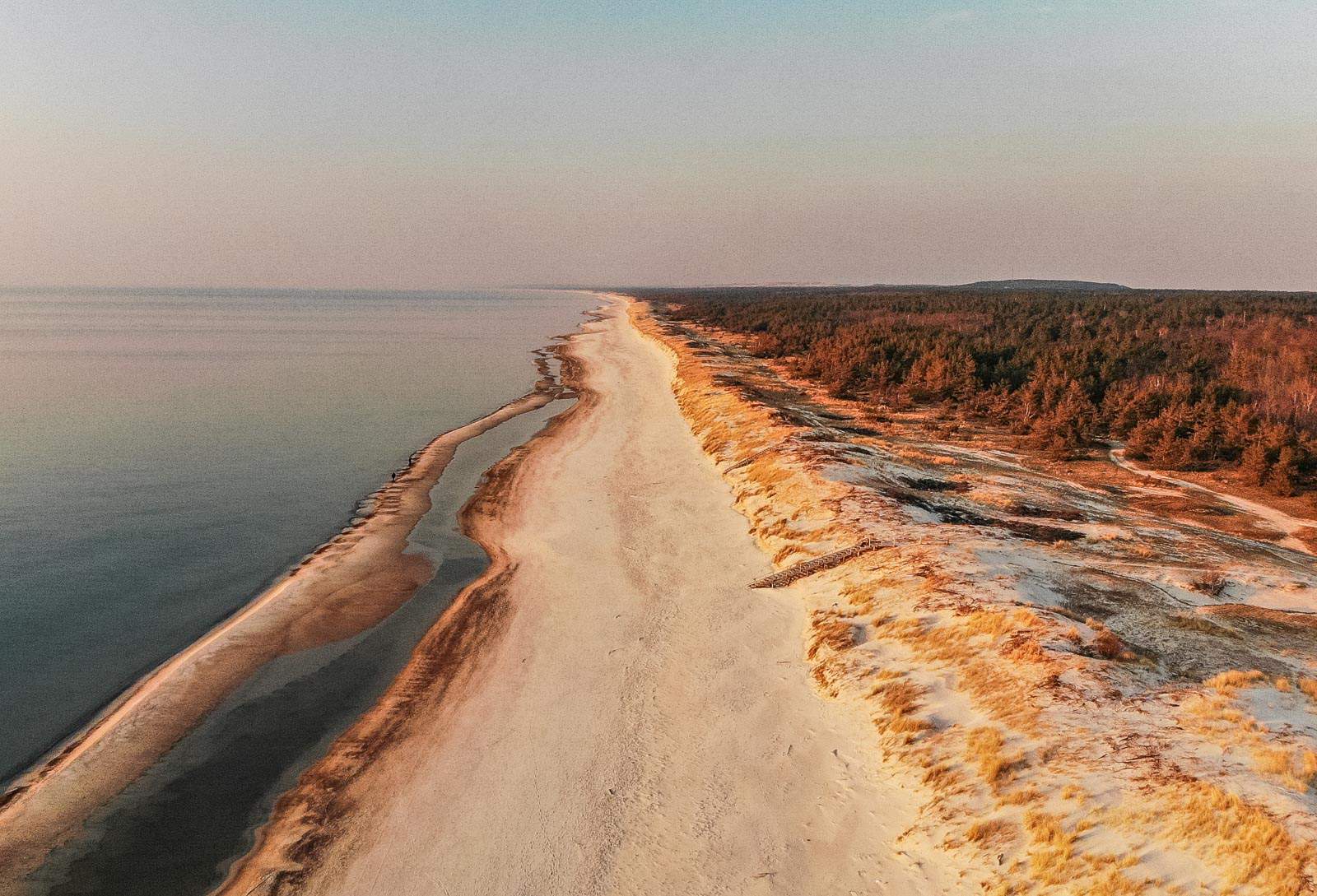
(c) Renata Kilinskaitė 
(c) Renata Kilinskaitė
Žemaitija (Samogithia) National Park
Žemaitija (Samogithia) National Park is located in the North West of Lithuania and covers 21 904 ha. It protects a system of ancient Baltic tribes’ mounds and sacred places, one of the largest lakes in Lithuania – Plateliai – many more smaller lakes, rivers, swamps, mixed forests, agricultural lands and meadows. Žemaitija National Park has created a beautiful balance between agriculture and nature and can be used as an example of mosaic farming. It is an important area for migratory birds, meadow insects and plants. One of the highlights of the protected area is the Cold War Museum located in a former Soviet Union’s missile silo complex. The museum allows visitors to walk through original bunkers and see the missile launch site, from which all of Europe could have been destroyed.
Žemaitija region is culturally different from other ethnocultural regions of Lithuania with its unique history, traditions and language. The most interesting dishes from their cuisine are blood sausages, onion soup, kastinys (dairy product with herbs, similar to butter) and šiupinys (bean, pea, groats and bacon stew). The traditional celebration of winter’s end (Lithuanian:Užgavėnės) is held 46 days before the Easter in February or March. During the day, people wear masks to scare away winter, eat many kinds of pancakes, participate in competitions and games and dance around a large fire in the evening.

Trakai Historical National Park
Trakai Historical National Park is the smallest National Park (8 150 ha) located close to the capital Vilnius. It is the only Historical National Park in Lithuania. It was created to protect important historic and archaeological sites, castles, the town of Trakai, cultural and biological valuables, historic landscape and ethnocultural heritage. The central gem of this park is the complex of three grand lakes. The town of Trakai is situated on the peninsula stretching through the middle and hosts a beautiful red brick castle on an island.
Trakai is a popular destination for tourists and locals because of its extraordinary beauty and historic importance to Lithuania. It used to be the capital city in medieval ages and many great Dukes lived in the Trakai castle. During that time, many people from various countries were welcomed to Lithuania. So, polyethnic village of Lithuanians, Karaites, Tatars, Jews, Russians, Germans and Poles grew around the castle. The traditional cuisine in the region was mostly adapted from Karaites. It is still very common to have a kibinas (savoury pastry with lamb filling) with chicken broth for lunch.
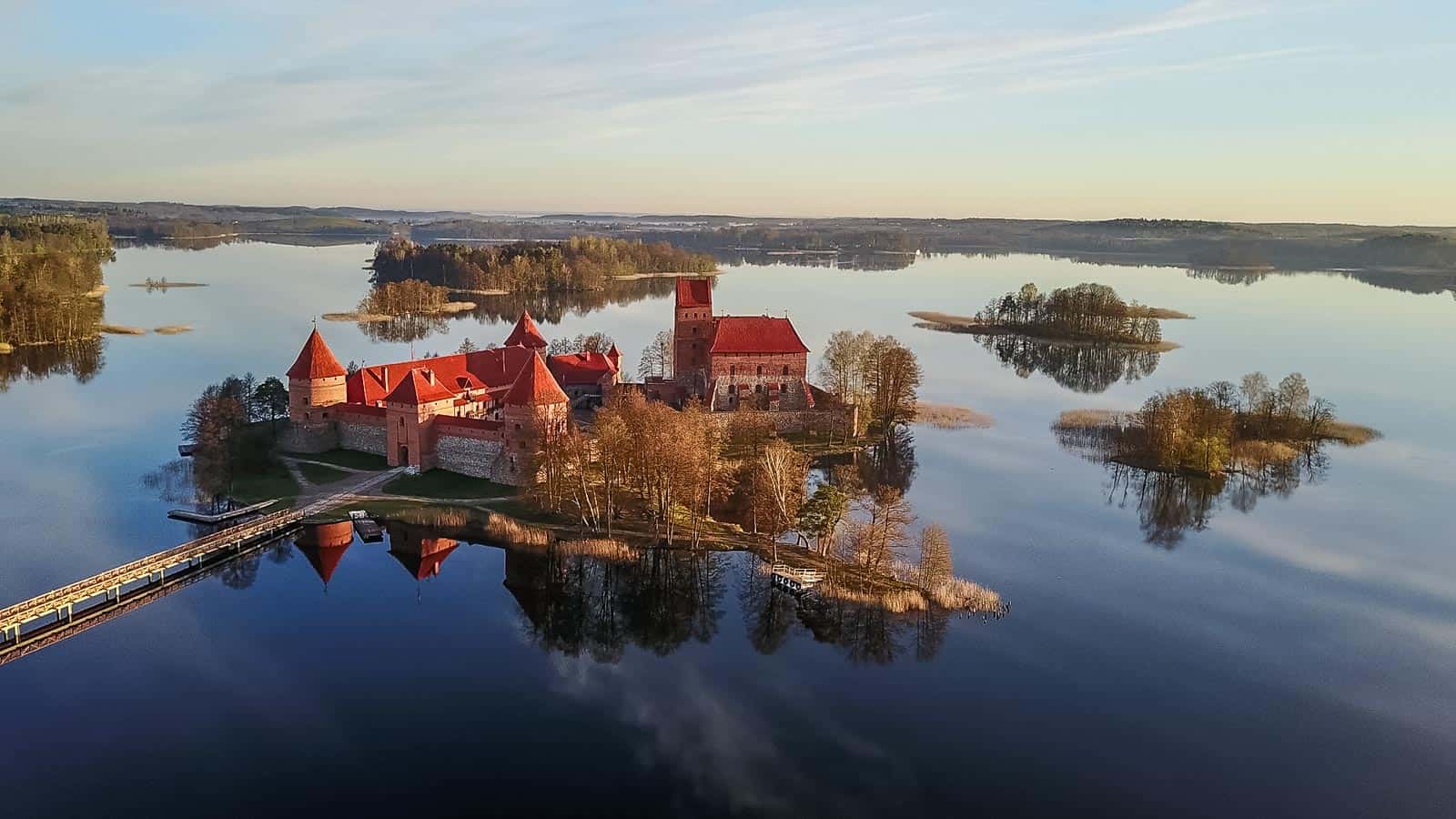
All of these National Parks also have Facebook pages, where managers share information about animals, plants, events and important travelling information.
Stay tuned for Protected areas in Lithuania: Part 3, where we will briefly present the regional parks and other types of protected areas of Lithuania.

